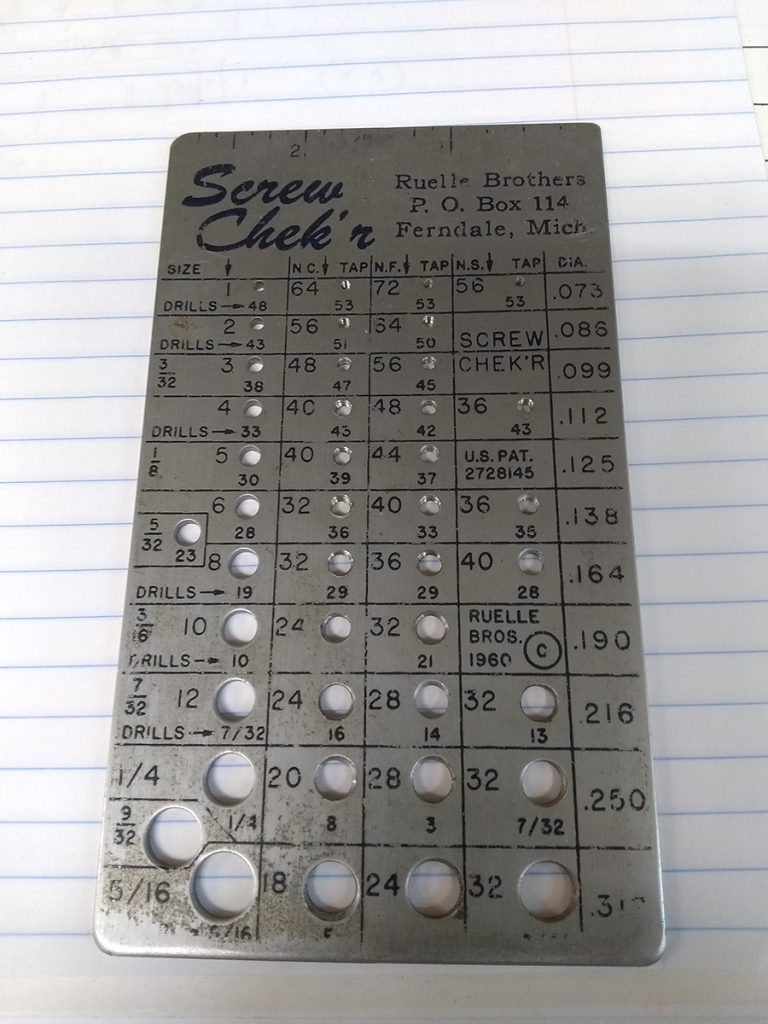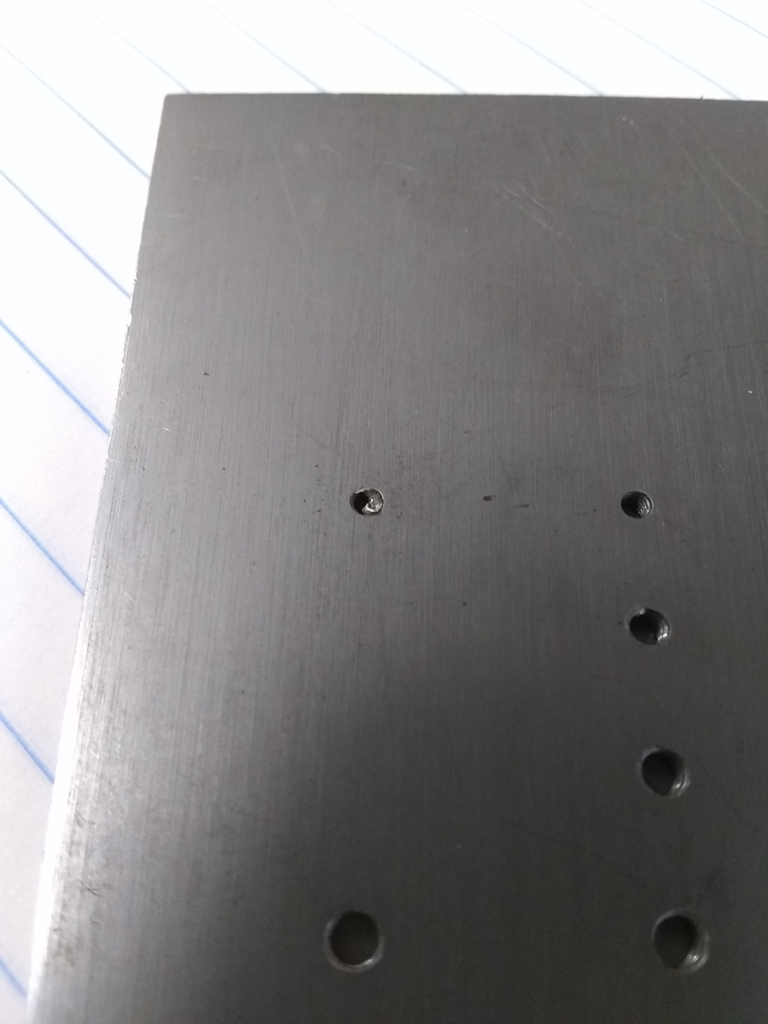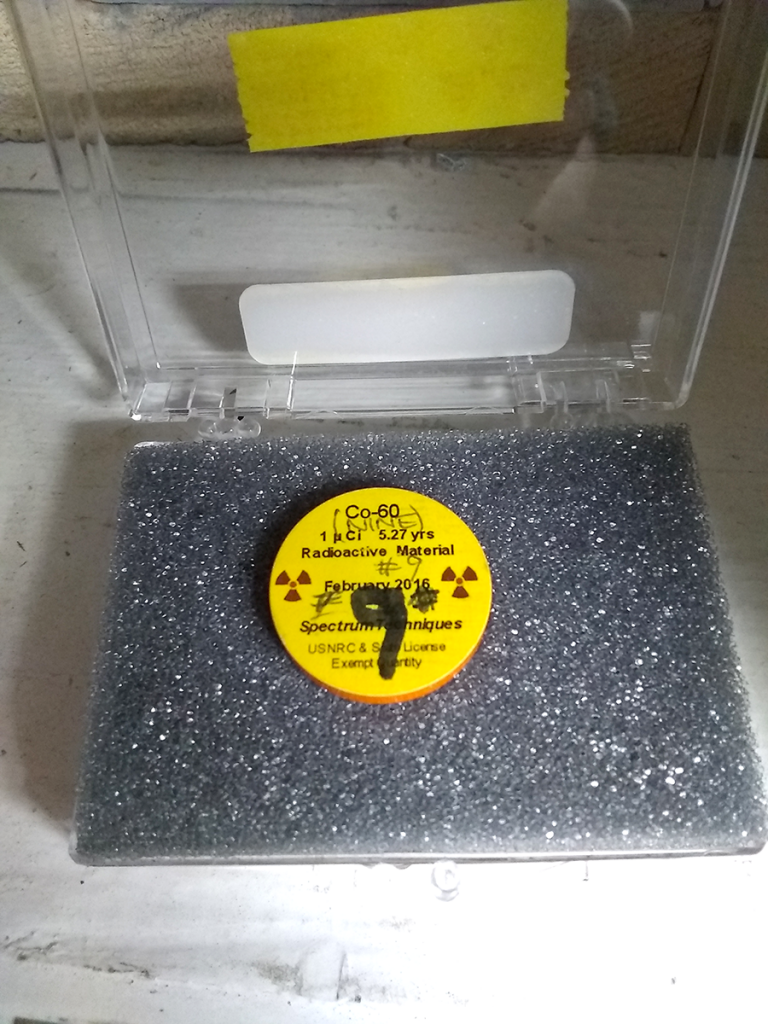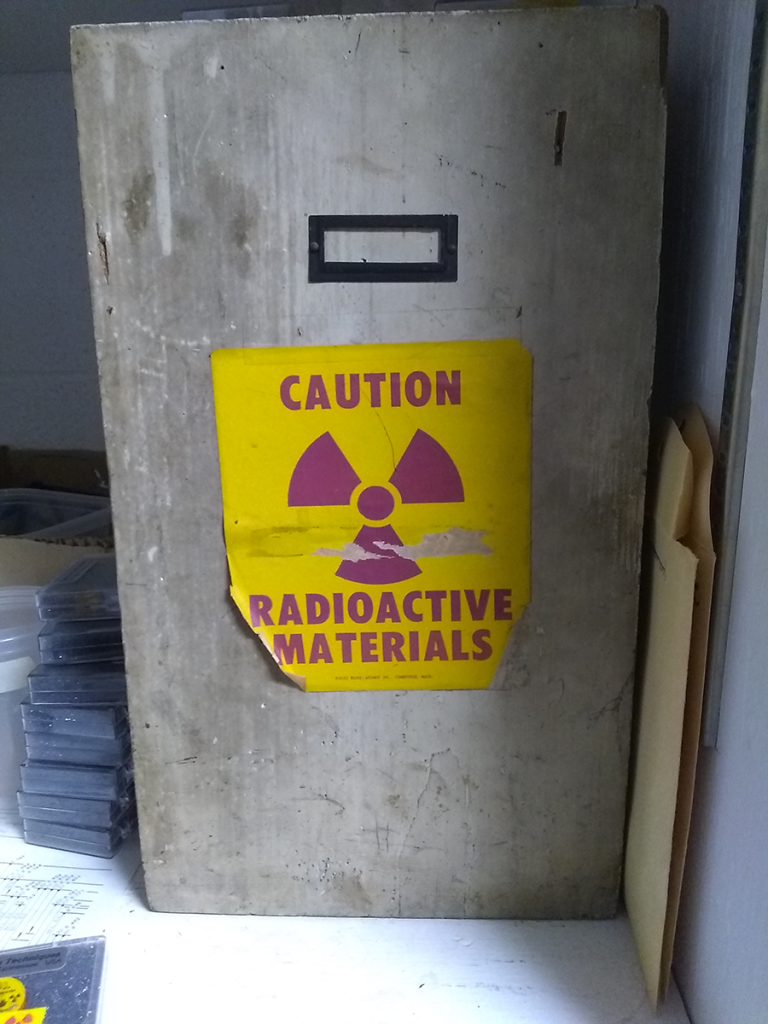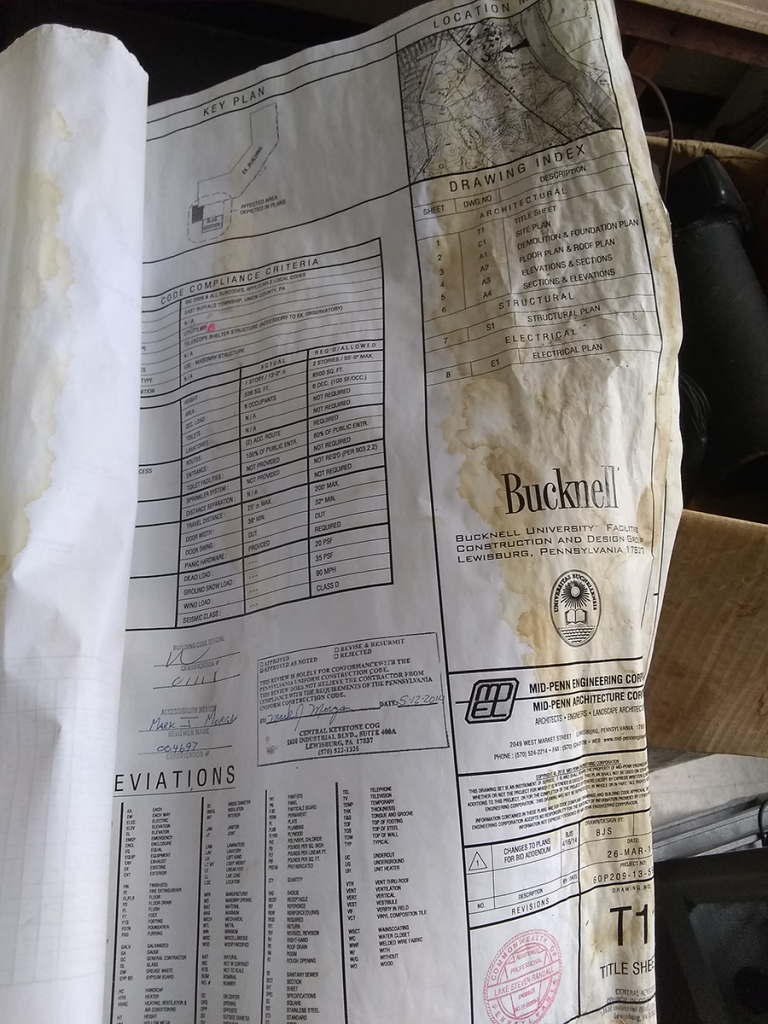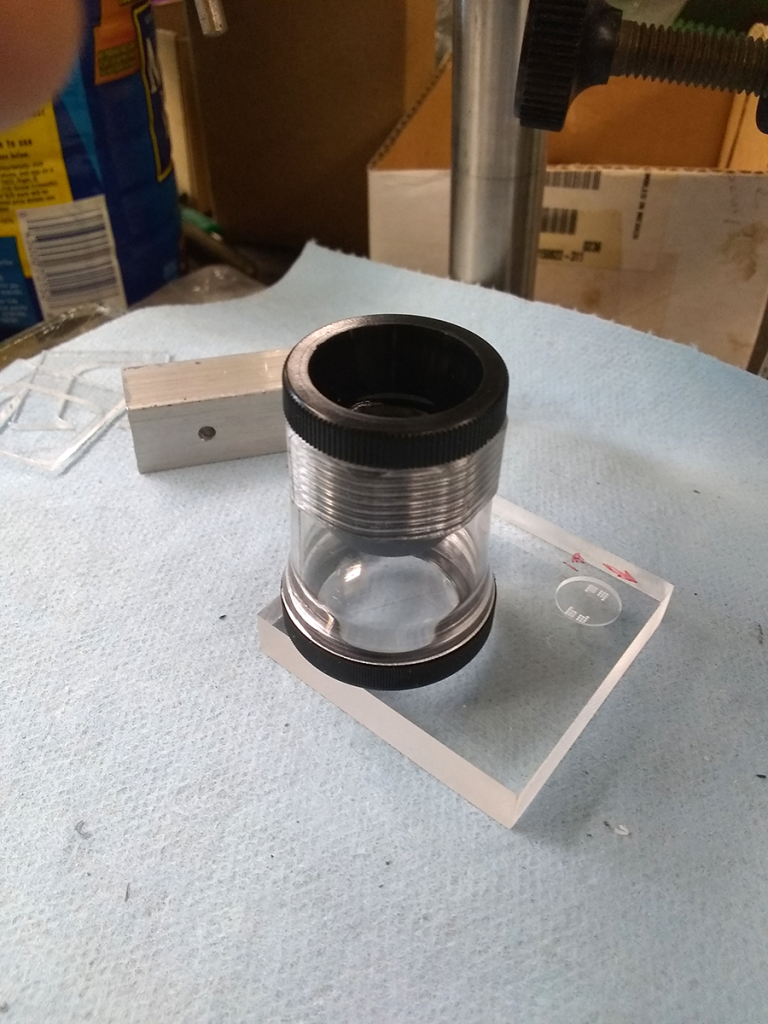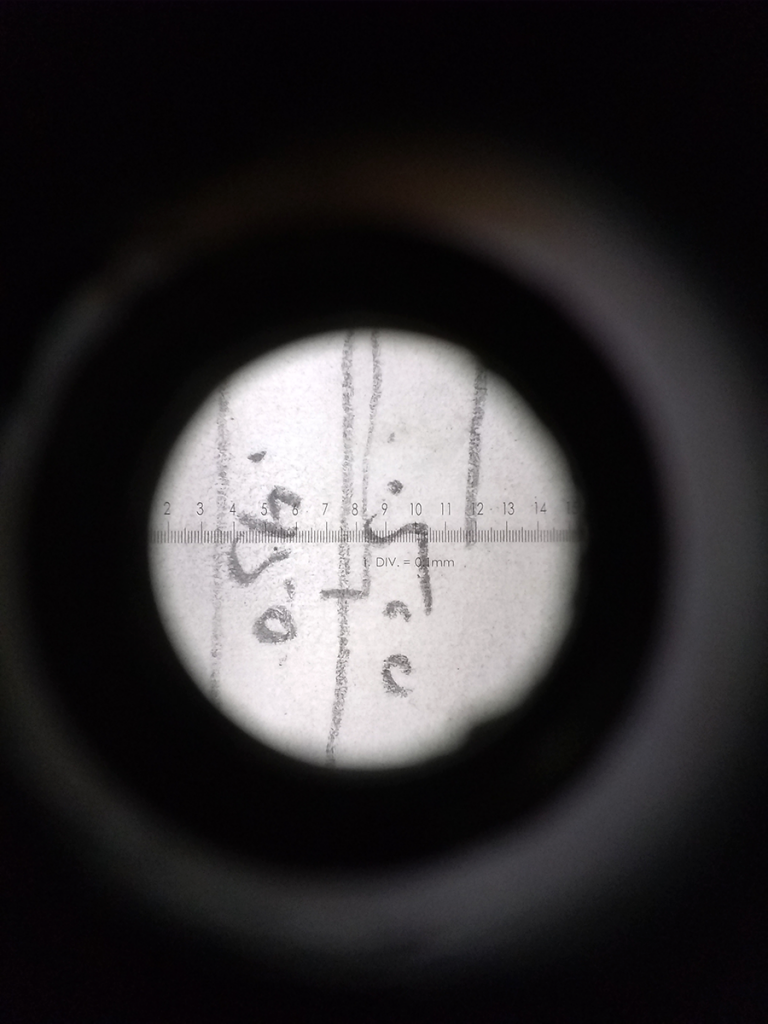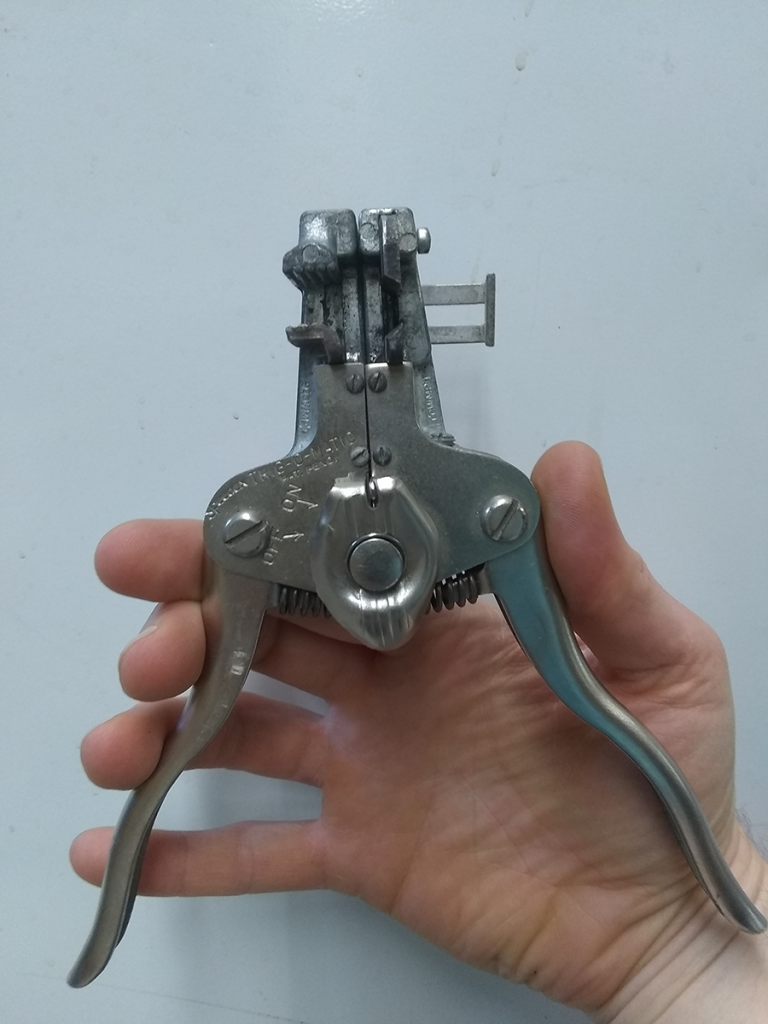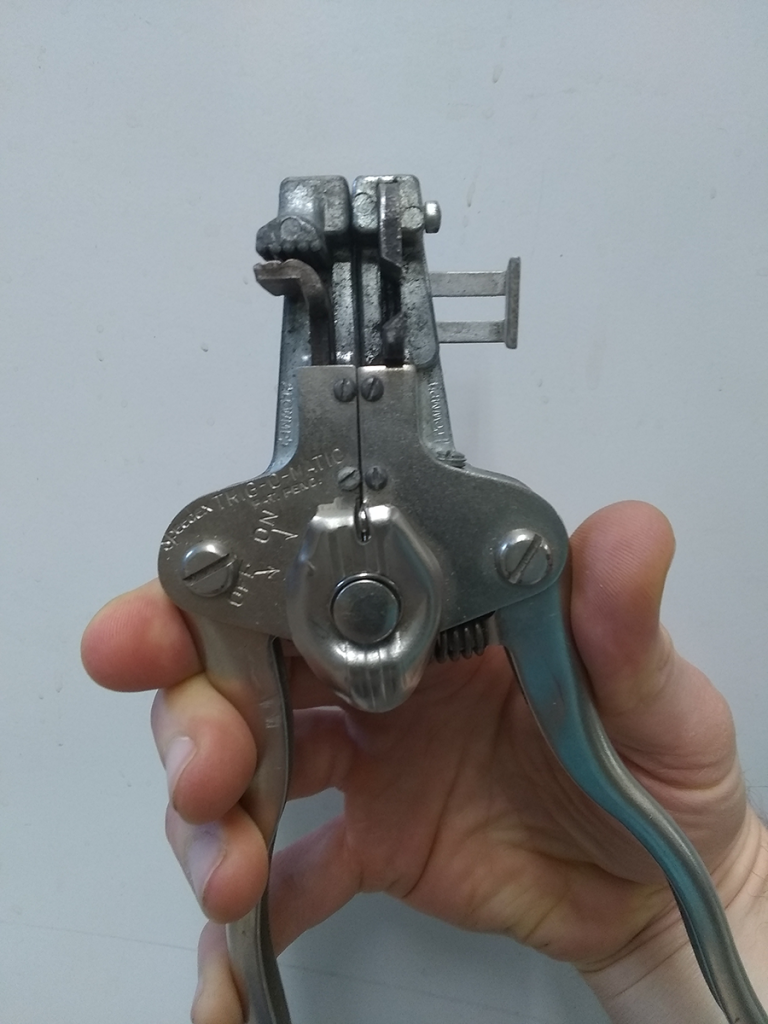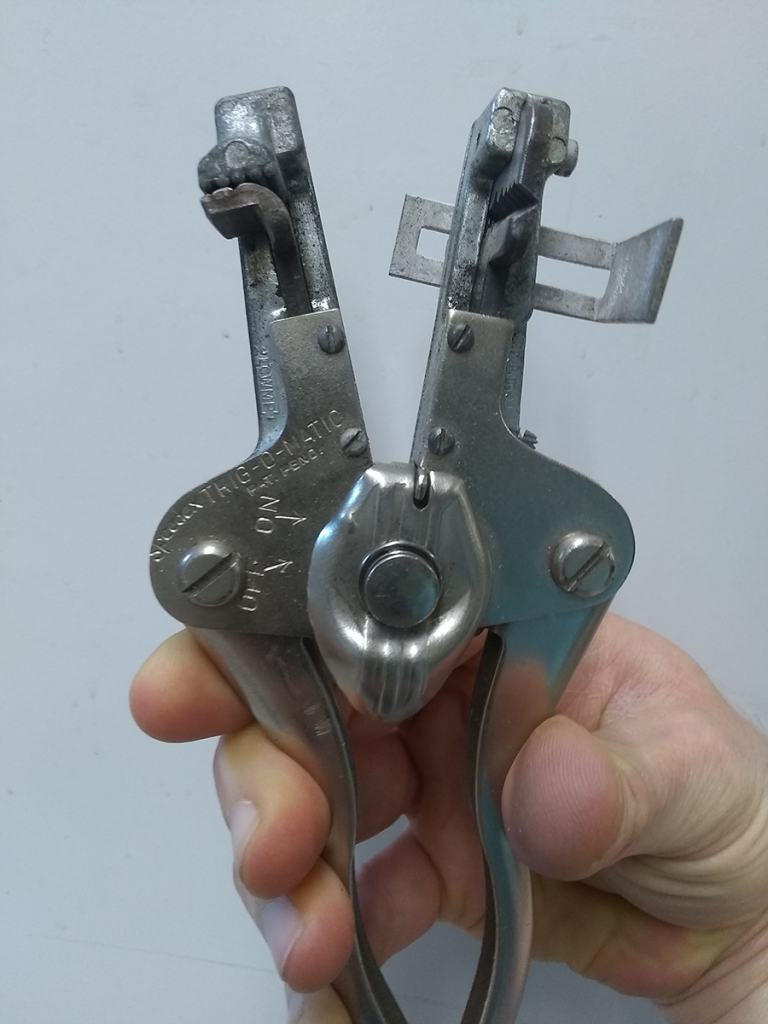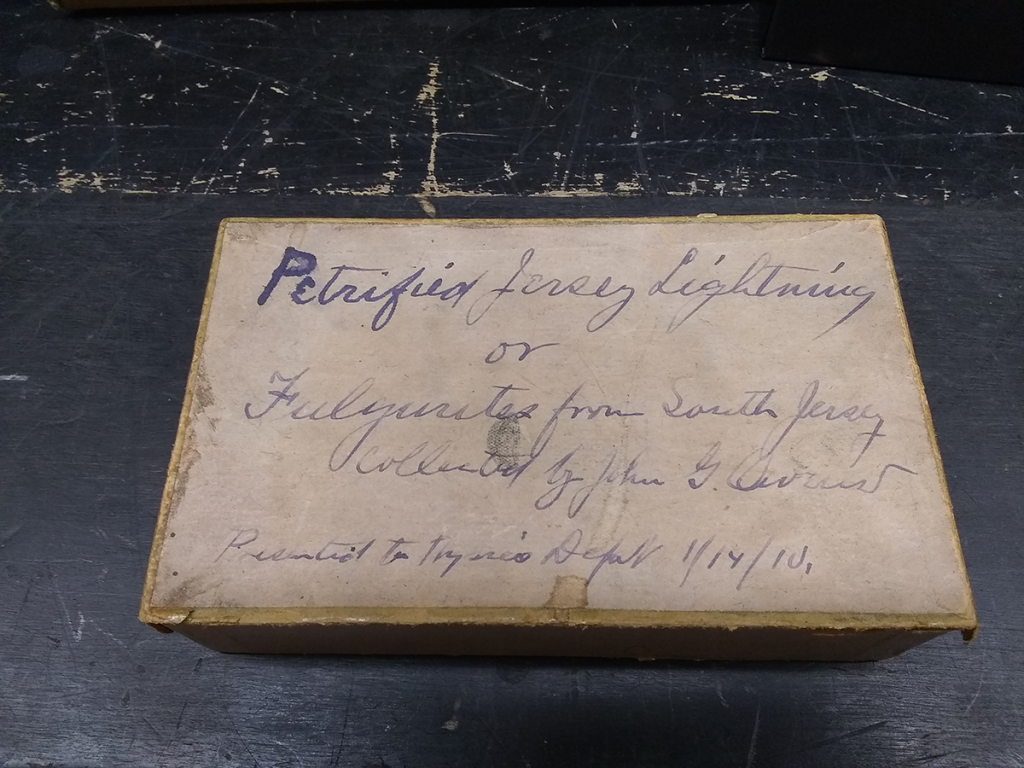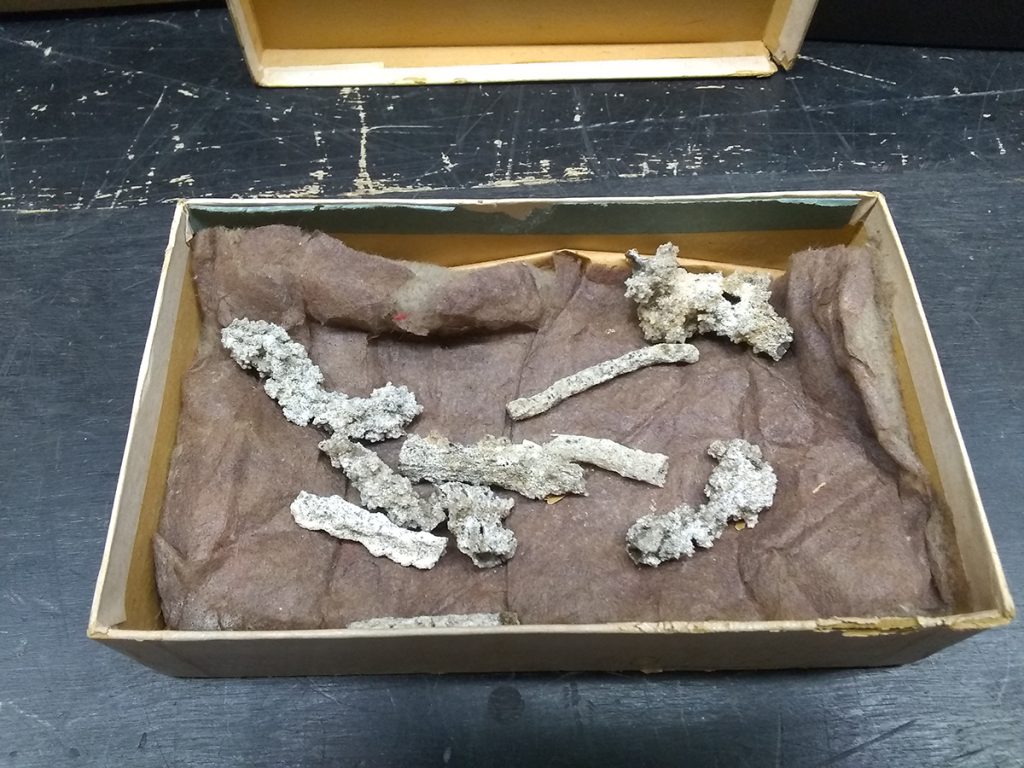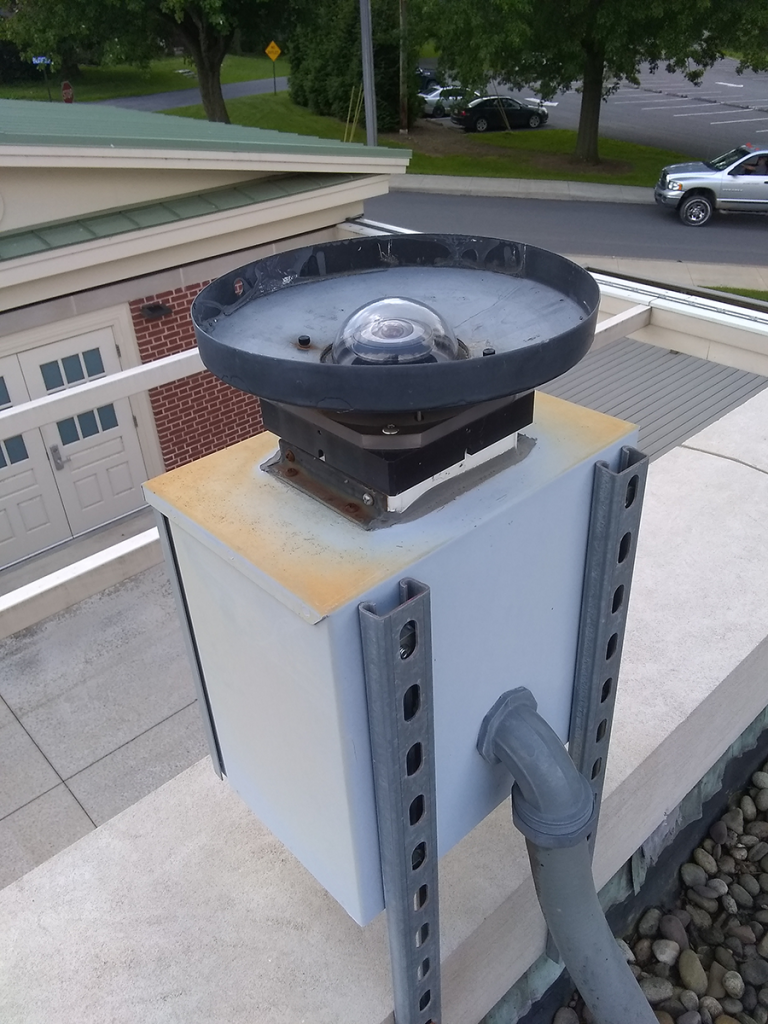
Astronomy can be awkward. By necessity, observation happens at night. (Mostly.) And outside, in whatever weather permits clear skies. Hot and humid or bitter cold, the telescopes only function when they’re at equilibrium with the air around. When the temperature drops so low that the grease in the motorized mounts thickens, we call it quits, but nights reaching down to about 20°F are fair game. Precipitation always shuts things down, as does substantial cloud cover.
What to do when you’re at home, all warm in your jammies, and not sure if it’s worth trekking out into the cold? Check the Bucknell University Sky Camera website, of course. If it looks like this:
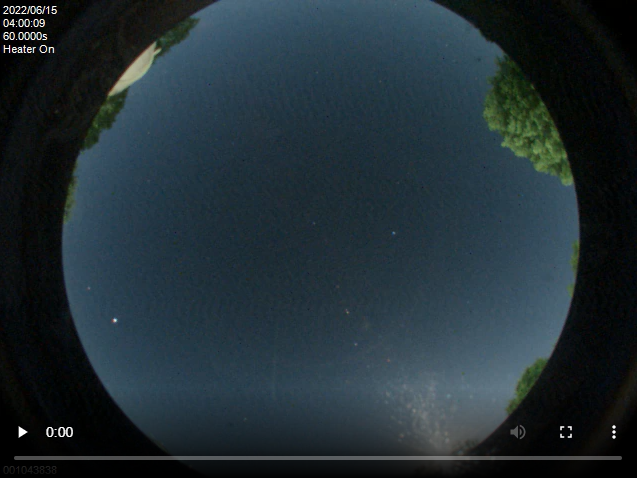
Visible stars, no serious cloud cover: you’re good to go. The bright spot in this particular image is probably Saturn, but you get the idea. If you can see it here, you can see it through a telescope. Checking the weather forecast is fairly reliable, although it gets dicey around those transition zones between “good enough” and “should have stayed home.” Forecasts also describe cloud cover in terms of percentage obscured, without a distinction between sparse-but-dense and widespread-and-gauzy.
Depending on what you want to accomplish, sometimes clouds are something you can work with. Astrophotography? Visual observation? Naked eye and constellations? Sometimes, here in a Pennsylvania river valley, you shrug and make it work.
(The alternate method is to walk outside and look up – quite reliable, that – but maybe not ideal if you’re in the aforementioned jammies.)
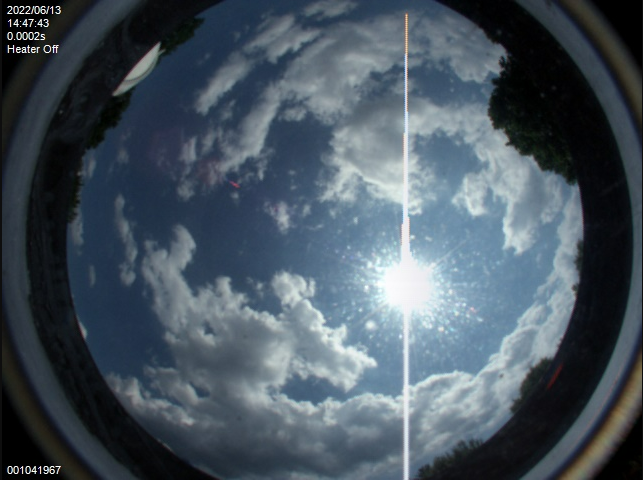
The skycam can also be entertaining to check during the daytime. You can watch the sun track across the ecliptic and see the discrepancy between clock time and solar time during Daylight Saving Time. On a cloudy day, sometimes the clouds themselves are just plain neat. Raindrops. Snow accumulating. Snow melting. Birds and bugs and all sorts of things captured by intermittent photography.
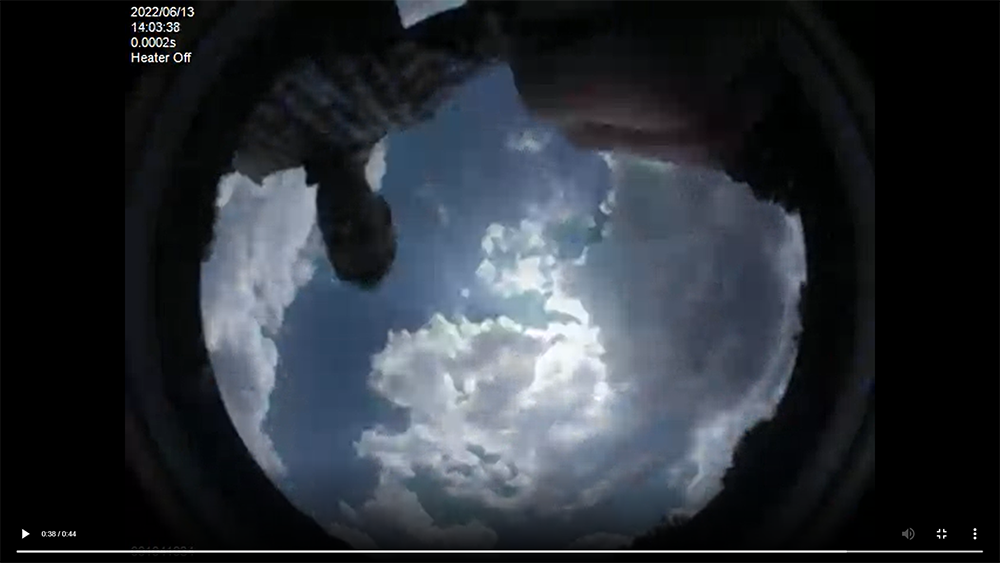
Including the occasional technician out on maintenance duty. Wave hi!
